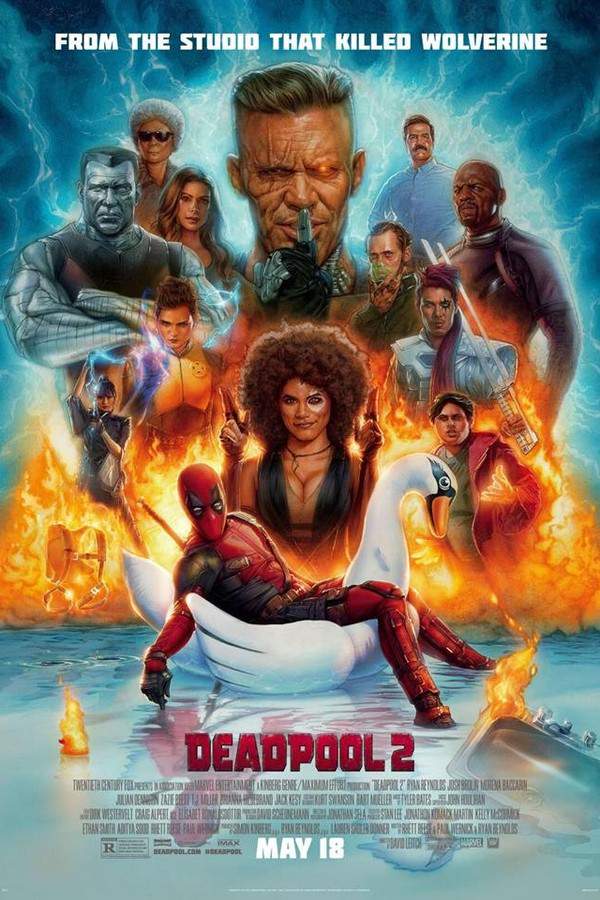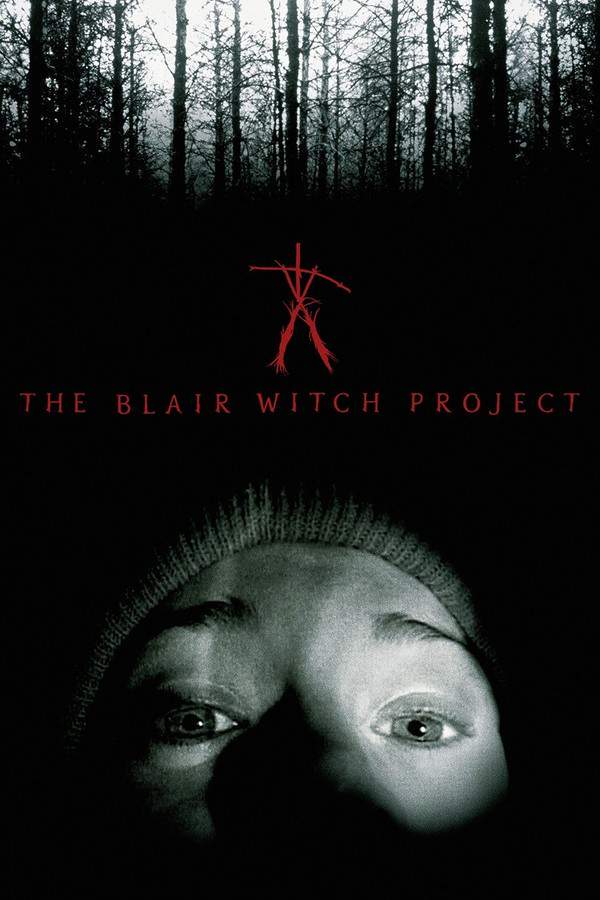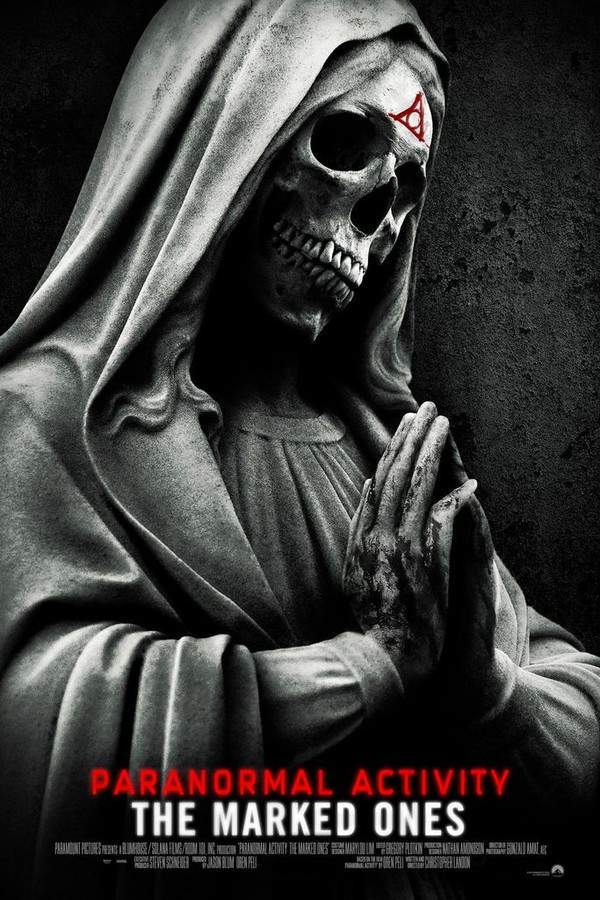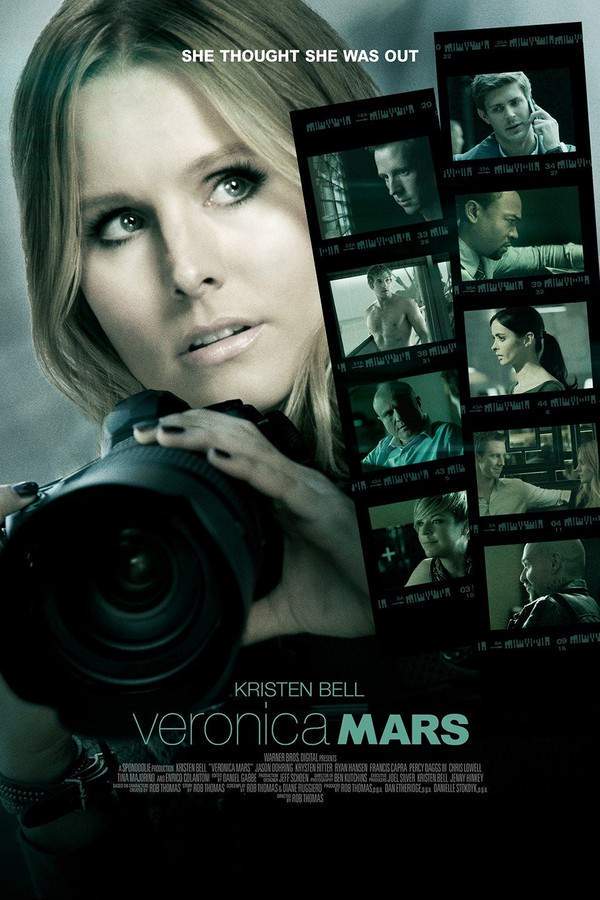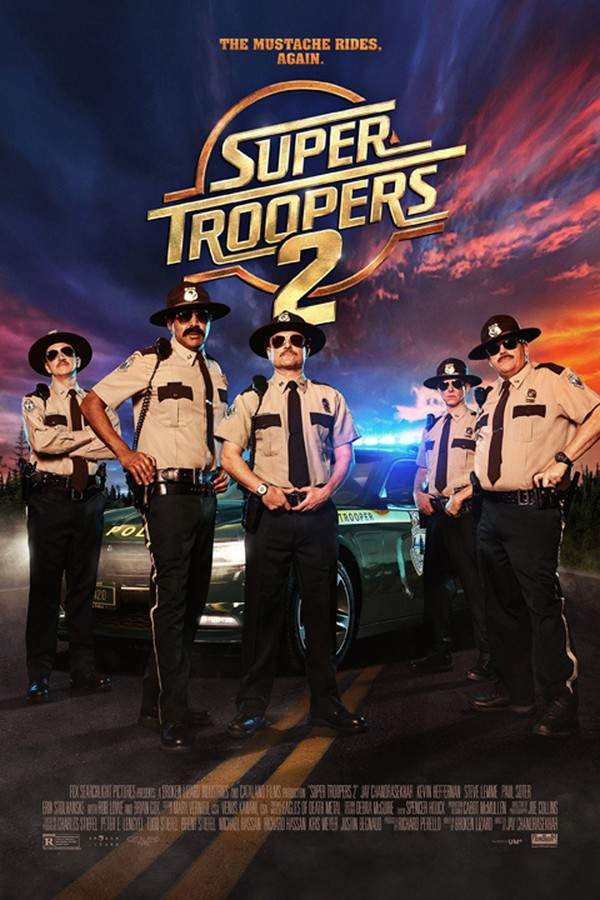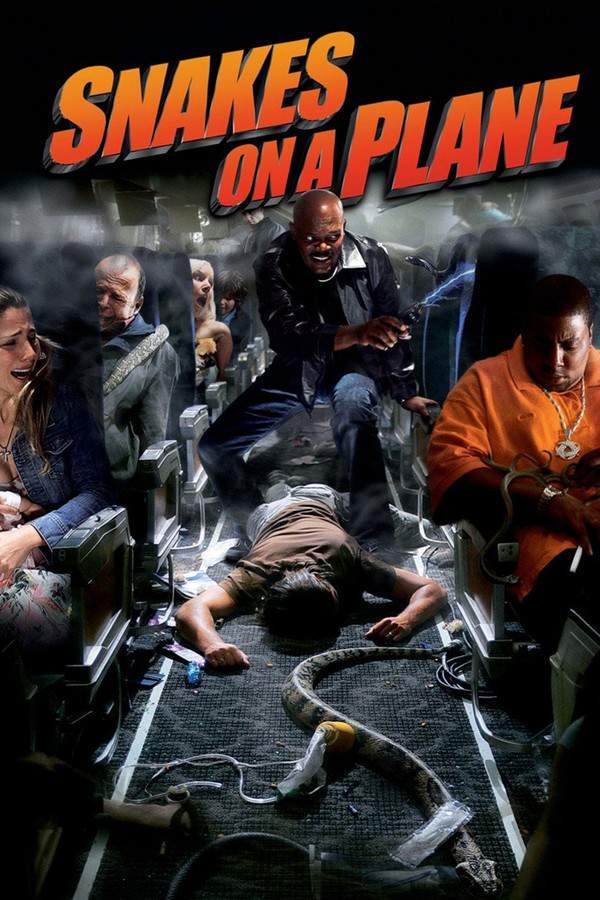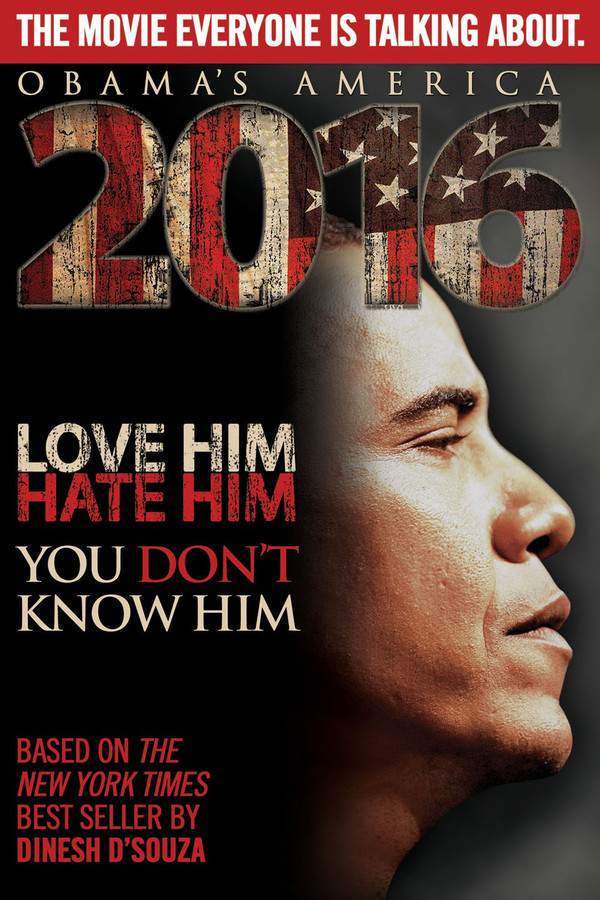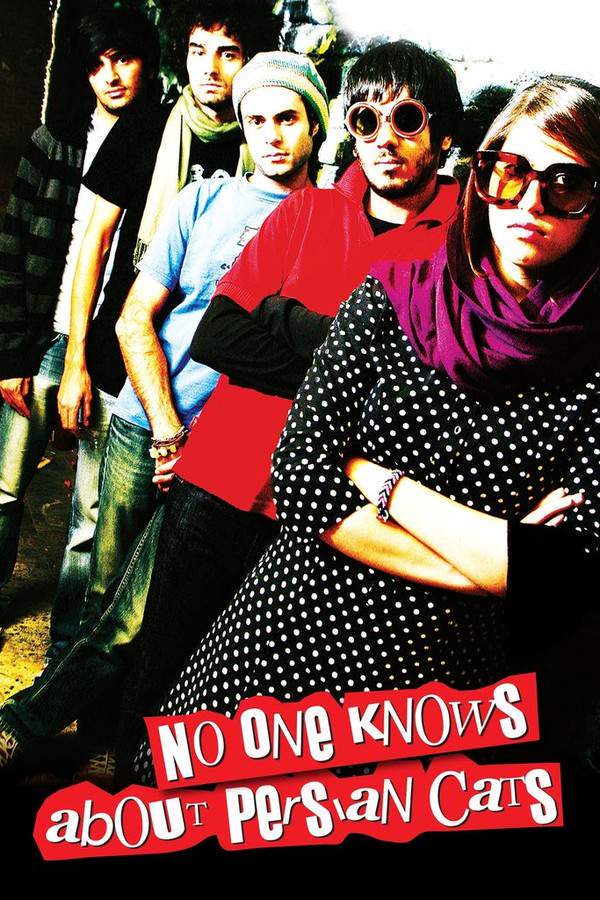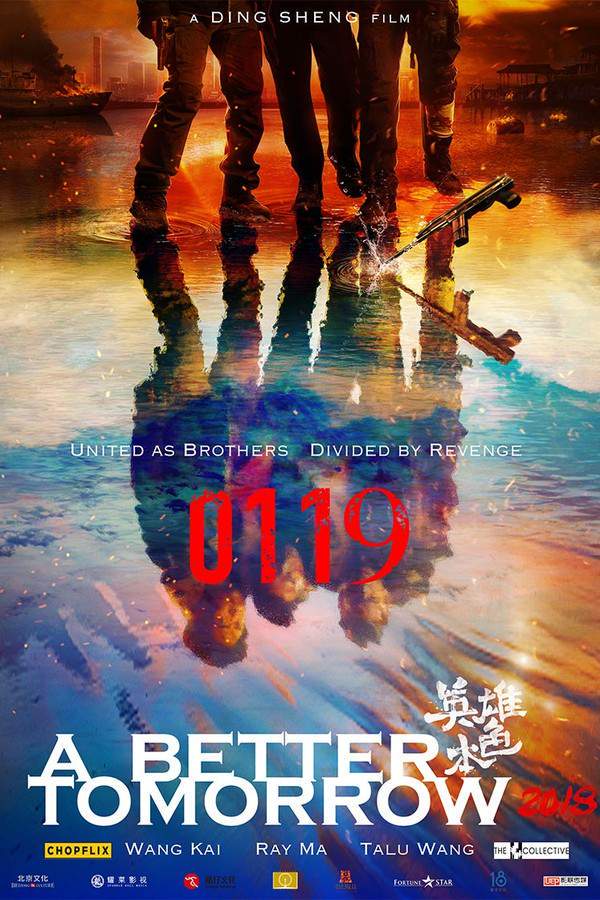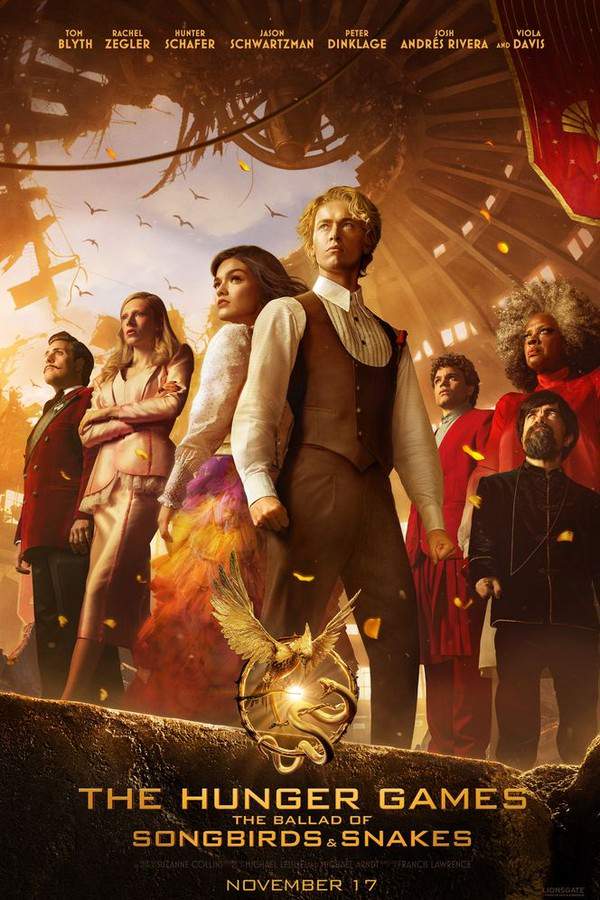What's After the Blog?
Culture • Film Industry
The Impact of Social Media on Modern Filmmaking
Explore how social media revolutionizes modern filmmaking, from transforming movie marketing to reshaping audience engagement and narrative storytelling.
June 4, 2024

Movies mentioned in this article
The Impact of Social Media on Modern Filmmaking
Introduction
The advent of social media has revolutionized many industries, and filmmaking is no exception. In today’s digital age, platforms like Twitter, Instagram, and Facebook have become integral to the way films are produced, marketed, and consumed. Social media has not only altered the landscape of film promotion and distribution but also impacted the creative process itself. This new paradigm allows filmmakers to engage with audiences directly, gather real-time feedback, and build communities around their work. Films like Deadpool and The Blair Witch Project have demonstrated the immense power of social media in creating buzz and driving box office success. These platforms have also given rise to new forms of storytelling, where the narrative extends beyond the screen and into the digital realm. As we explore the multifaceted impact of social media on filmmaking, it becomes clear that these platforms have become indispensable tools for filmmakers navigating the modern cinematic landscape.
The Power of Social Media in Movie Marketing
In the realm of movie marketing, social media has emerged as a game-changer. It has shifted the focus from traditional advertising mediums to digital platforms where trailers, behind-the-scenes content, and interactive campaigns can reach millions of potential viewers. For example, Deadpool utilized a combination of Ryan Reynolds’ witty social media presence and clever, irreverent content to create a viral marketing phenomenon. This approach not only generated immense hype for the film but also established a unique brand identity that resonated with audiences.
- Ryan Reynolds in Deadpool: His use of Twitter and Instagram for humorous, character-driven posts created a strong, engaging online presence for the film.
Social media has also democratized film marketing, allowing independent filmmakers to reach audiences without the need for substantial marketing budgets. Films like Paranormal Activity leveraged platforms like Facebook to build grassroots support, proving that effective social media campaigns can level the playing field between blockbuster and indie films.
- Paranormal Activity: The film’s Facebook campaign, which encouraged fans to “demand” the film in their city, significantly contributed to its unexpected box office success.
Furthermore, social media enables a more targeted marketing approach. Platforms like Facebook and Instagram offer sophisticated tools for targeting specific demographics, making it easier for filmmakers to reach their intended audience. This precision not only improves the efficiency of marketing campaigns but also ensures that promotional content is seen by those most likely to be interested in the film.
In conclusion, social media has transformed the landscape of movie marketing, offering innovative, cost-effective, and highly engaging ways to promote films. Its impact extends beyond mere advertising, influencing how films are perceived and experienced by audiences worldwide.
Crowdfunding: Empowering Independent Filmmakers
Social media has revolutionized the way films are funded, providing a platform for independent filmmakers to bypass traditional funding routes and directly engage with potential investors and fans. Crowdfunding platforms like Kickstarter and Indiegogo have become instrumental in bringing unique film projects to life, democratizing the filmmaking process by allowing anyone with a compelling idea to seek funding. This paradigm shift has led to the success of films like Veronica Mars and Super Troopers 2, both of which were brought to fruition through successful crowdfunding campaigns.
- Veronica Mars: The film’s Kickstarter campaign broke records, highlighting the power of fan engagement and the potential of social media to mobilize support.
- Super Troopers 2: Its crowdfunding success underscored how filmmakers could leverage fan bases to finance their projects.
Crowdfunding not only provides the necessary funds but also creates a sense of community around the film. Backers become part of the film’s journey, often receiving updates and exclusive content, which fosters a deeper connection between the audience and the film. This process also allows filmmakers to gauge interest in their project, providing valuable insights that can shape the film’s development.
Audience Engagement and Feedback
Social media platforms have become vital tools for filmmakers to engage with their audience, offering an unprecedented level of interaction. Directors, actors, and producers can now communicate directly with fans, share insights, and build anticipation for their projects. This direct line of communication also allows filmmakers to gather feedback and gauge audience reactions in real time. Films like Snakes on a Plane utilized audience feedback to shape certain aspects of the film, including its title and dialogue, demonstrating the growing influence of viewer input in the filmmaking process.
- Snakes on a Plane: The film’s production team actively incorporated suggestions from online fans, making it one of the early examples of social media’s impact on film content.
Social media has also given rise to user-generated content and fan-driven campaigns, further blurring the lines between creators and consumers. The phenomenon of fan edits, memes, and fan art creates a rich, participatory culture around films, extending their life beyond the screen. This interactive environment not only enhances the film’s reach but also deepens the audience’s investment in the film’s universe.
In sum, social media has transformed audience engagement from a one-way communication into a dynamic dialogue, offering filmmakers valuable insights and creating a more immersive and interactive cinematic experience. This evolution marks a significant shift in how films are made and consumed, highlighting the growing power of the audience in the filmmaking process.
The Double-Edged Sword: Social Media Controversies and Film Reception
Social media’s impact on filmmaking is not solely positive; it also acts as a double-edged sword, especially when it comes to controversies. The viral nature of social media can escalate issues, affecting a film’s reception even before its release. A notable example is Ghostbusters (2016), which faced significant backlash on social media platforms, primarily due to its all-female cast. This controversy sparked widespread debates and, to some extent, impacted the film’s overall reception and box office performance.
- Ghostbusters (2016): The film became a focal point for online debates about gender representation in Hollywood, affecting public perception and anticipation.
The question of how social media scandals impact a movie’s success is complex. On one hand, negative social media buzz can harm a film’s reputation, as seen with Cats (2019), where social media reactions to the trailer influenced public expectations and reception. On the other hand, sometimes controversy can generate curiosity and inadvertently boost viewership, as the saying goes, “There’s no such thing as bad publicity.”
- Cats (2019): The film’s unusual CGI generated a buzz on social media, becoming a talking point and driving audience interest, albeit not always for the desired reasons.
Social Media as a Tool for Storytelling and Promotion
Beyond marketing and audience engagement, social media has also emerged as a creative tool for storytelling and promotion. Filmmakers are increasingly using platforms like Instagram and Twitter to extend their narratives beyond the screen, creating immersive experiences that engage audiences in new and exciting ways. For instance, A Star Is Born (2018) used social media to develop the backstory of its characters, enriching the film’s narrative and deepening audience engagement.
- A Star Is Born (2018): The film’s use of social media platforms to release fictional album covers and music videos added depth to the characters and their story.
Transmedia storytelling, where a story unfolds across multiple media platforms, is becoming increasingly popular. This approach not only broadens the narrative scope but also allows for more interactive and participatory experiences. Films like The Hunger Games have successfully employed this tactic, using social media to create additional content like character backstories and fictional political propaganda, thereby enhancing the overall storytelling universe.
- The Hunger Games: The franchise extended its narrative through social media, offering fans additional content that complemented the films and books.
In conclusion, social media has become an indispensable tool in modern filmmaking. It not only serves as a platform for marketing and audience engagement but also as a medium for creative storytelling and promotion. The innovative use of social media in extending and enhancing film narratives signifies a new era in cinema, where the boundaries between film and viewer are increasingly blurred.
The Future of Filmmaking in the Age of Social Media
As we look to the future, it’s clear that social media will continue to play a significant role in shaping the film industry. Emerging trends in social media, such as the rise of short-form video platforms like TikTok, offer new avenues for film promotion and audience engagement. These platforms could redefine the way trailers and teasers are created, favoring shorter, more engaging content that is easily shareable. The increasing use of augmented reality (AR) and virtual reality (VR) on social media platforms also presents exciting possibilities for immersive film experiences, potentially blurring the lines between cinema and interactive media.
- Short-form content on platforms like TikTok may lead to innovative promotional strategies, engaging younger audiences in unique ways.
- AR and VR technologies could revolutionize film experiences, offering immersive storytelling that extends beyond traditional cinema.
Furthermore, the democratization of filmmaking through social media is likely to continue. As more people gain access to high-quality filming and editing tools, the barrier to entry for filmmaking decreases, leading to a more diverse range of voices and stories in cinema. This could lead to a more inclusive industry, where underrepresented communities have greater opportunities to tell their stories.
- The accessibility of filmmaking tools and platforms may lead to a more inclusive and diverse film industry, showcasing a wider range of perspectives and stories.
Conclusion
The impact of social media on modern filmmaking is undeniable. From revolutionizing movie marketing to democratizing film production and enhancing narrative storytelling, social media has become an integral part of the cinematic landscape. As filmmakers continue to navigate and leverage these digital platforms, we can expect to see more innovative uses of social media in cinema, offering audiences new and exciting ways to experience films. The ever-evolving nature of social media ensures that its role in filmmaking will continue to grow and change, shaping the future of cinema in ways we can only begin to imagine.
At ATM, we’re excited to follow these developments and see how they will enhance the movie-going experience. We invite our readers to stay tuned to our blog for more insights into the dynamic relationship between social media and filmmaking.
Continue reading

What's After the Movie?
Not sure whether to stay after the credits? Find out!
Explore Our Movie Platform
New Movie Releases (2025)
Famous Movie Actors
Top Film Production Studios
Movie Plot Summaries & Endings
Major Movie Awards & Winners
Best Concert Films & Music Documentaries
Movie Collections and Curated Lists
© 2025 What's After the Movie. All rights reserved.

